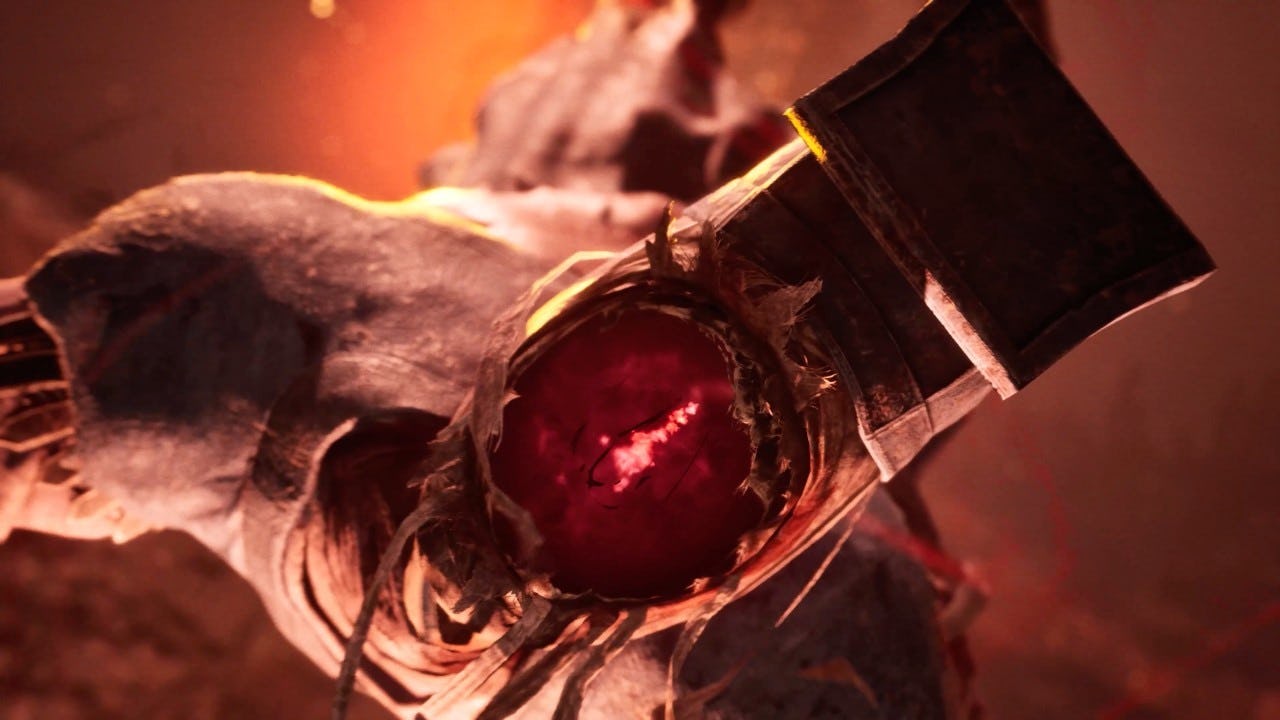
Difficulty options have increasingly become a major topic in video games, whether you’re talking about approachability for players of all stripes or hardcore players who demand a challenge. There’s no one-size-fits-all answer to how you perfect difficulty in a video game, but it feels like the most common answer we keep seeing is that the more people who can play your game, the better. That’s a message that S-Game, the studio behind the hotly anticipated Phantom Blade Zero is taking to heart. And that’s perhaps most apparent in the newly revealed Hellwalker mode — a tough-as-nails hard difficulty that genuinely makes it feel like a different game. After getting to play over an hour of Hellwalker, it’s now the single aspect that has me most excited to see the full game.
While Hellwalker is billed as a sort of “Hard Mode,” sheer difficulty clearly isn’t the intent behind it. This is because Hellwalker doesn’t just provide some damage buffs or increased health of enemies, it integrally changes enemy AI — right down to how they attack and defend, and even the combos that they use.
While enemies stay in the same place, battles play out much differently, but not in the way you’re probably thinking. Yes, fights are more difficult, but not overwhelmingly so — rather there’s more of a focus on diversifying the game’s parry mechanics, and turning battles into more graceful “cinematic” affairs. The emphasis of Hellwalker isn’t giving you a hard time; it’s for players who master the game’s mechanics to really revel in how good the combat feels, and how flawless they can make executing enemies look.
Phantom Blade is heavily inspired by the Wuxia genre of Chinese film, which heavily focuses on beautifully flowing martial arts combat. If you’ve seen famous Wuxia films like Crouching Tiger, Hidden Dragon, or House of Daggers, you know that choreography is a huge part of the process. Phantom Blade’s Hellwalker mode fully embraces Wuxia’s core elements by leaning heavily on the importance of combos, of weaving together all of the game’s elements into continuous flowing movements.
And that idea of making combat beautiful was something I completely felt in my own hands-on experience with the game. Battles are certainly more challenging, as they emphasize learning and perfecting patterns. You need to grapple with new attacks, especially in boss battles. But these new combos aren’t just thrown in randomly; the enemies actually adapt to your combat style and shake things up from the normal difficulty — a combo string you learned in normal mode might get interrupted halfway through with a new attack now.
What all this means is that combat feels drastically more dynamic and emergent. Each battle feels like an event now, instead of something to simply memorize. But the game also doesn’t want to be overly punishing; this isn’t a Soulslike, after all.
To that end, every enemy you defeat will stay permanently eliminated, meaning you don’t have to go back through anything if you’re defeated. The one exception to this, according to director Soulframe Liang, is if you travel to an entirely different map or region in the game — doing so does respawn enemies for anyone that might want the option.
In my larger preview of the game, I said there’s a sort of “ebb and flow” to the game’s combat, a seesawing between attack and defense that’s emblematic of Yin and Yang. While you can feel that in the normal difficulty, Hellwalker is where the idea really comes to a head, because the mode challenges you to learn each and every facet of the complex combat system, and weave it all together into something more.
And that’s really emblematic of what I think Phantom Blade Zero is getting incredibly right already — it just feels good to play. Hellwalker mode is about pushing the game’s fantastic animation and snappy combat to its absolute limit, and demanding that you, the player, push yourself to the limit as well.
While I was able to get through the entire level in Hellwalker in an hour and a half, I wasn’t able to overcome the final boss after ten tries. But the most crucial part is that I didn’t feel discouraged. Each loss, I understood the boss a little more, and I’m absolutely confident that given a little more time, I’d have been able to overcome it. And that’s not often a feeling I have when playing games on the hardest difficulty — even some Souls games often feel like I’m hitting my head against the wall until the “right” attempt.
The caveat I want to stress here, of course, is that I played a single level from the game. But the fact that S-Game simply seems to “get” what works about the game’s combat and difficulty is heartening. It’s a thoughtfulness you don’t often see, a consideration for what different players might want from Phantom Blade Zero.
The only catch is that Soulframe says Hellwalker is planned as an unlockable mode, playable once you’ve beaten the game once. I’m hopeful that approach might change and Hellwalker is unlocked from the start, because it’s truly one of the most thrilling hours I’ve had with a video game in years.







